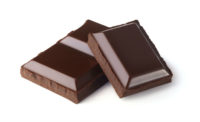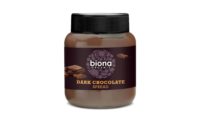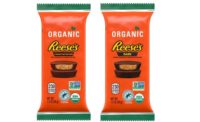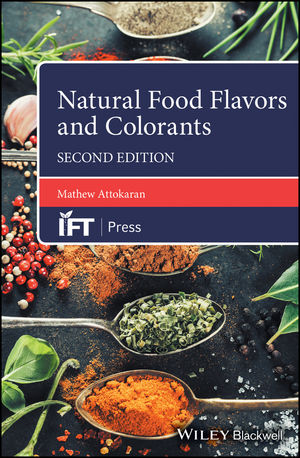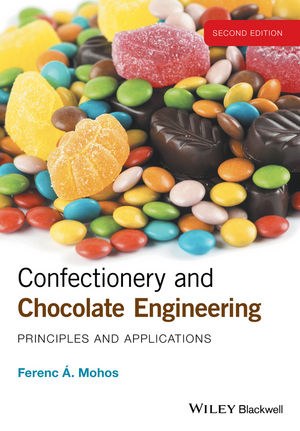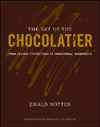Global low-calorie food market expected to reach $10.4 billion in 2019
Stevia gives tough competition to aspartame, saccharin and sucralose.

That’s according to a new market report published by Transparency Market Research "Low-calorie Food Market, Global Forecast, Market Share, Size, Growth and Industry Analysis, 2014 - 2019."
A number of factors are leading to the increased demand, including rising obesity rates, rising rates of diabetes, consumers looking to make lifestyle changes as they become more health conscious, and consumers looking to low-calorie products with natural claims.
Even emerging markets, such as India, China and Brazil, have a rising number of diabetes patients, fuelling the demand for low-calorie food. Specifically, low-calorie products such as sugar-free, glucerna SR, and Splenda tablets offer an opportunity for low-calorie food manufacturers in these regions.
The low-calorie food market is broadly classified under food, beverages, healthcare, tabletop and others. From there, it’s split into the following categories: aspartame, sucralose, stevia, saccharin and cyclamate.
Aspartame continues to be one of the most widely used artificial sweeteners, but sucralose is giving it a run for its money and actually gaining more popularity than aspartame.
Then there’s stevia, which has become more popular because of its 100-percent natural sweetener claim. In fact, stevia is giving tough competition to other high-intensity sweeteners such as aspartame, saccharin and sucralose.
Sucralose is expected to be the fastest growing segment, likely to register continued strong growth in the future.
The United States is the largest market for low-calorie food, followed by the European countries. But the developing nations in the Asia-Pacific region are expected to show high growth in the next five years.
Transparency Market Research is a global market intelligence company, providing global business information reports and services. Browse the full low-calorie food report on Transparency Market Research’s website.
Looking for a reprint of this article?
From high-res PDFs to custom plaques, order your copy today!





